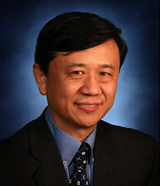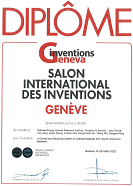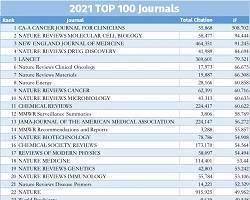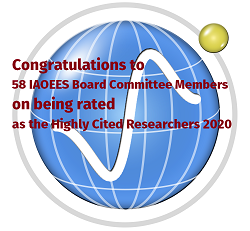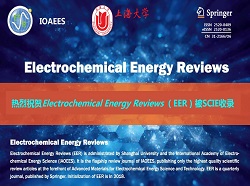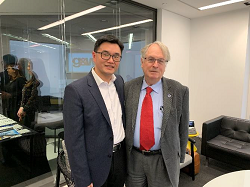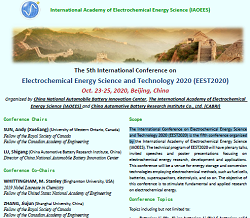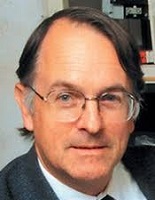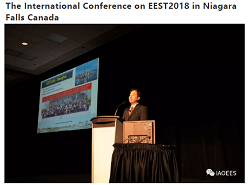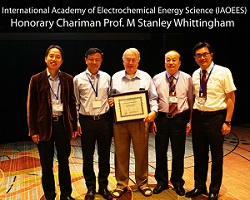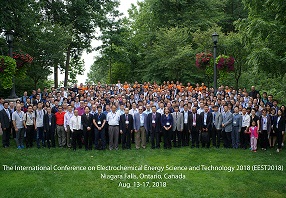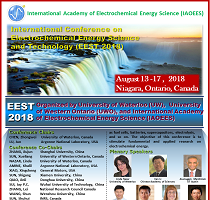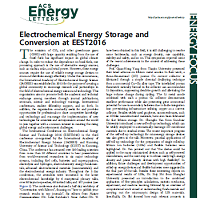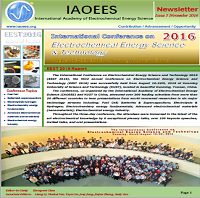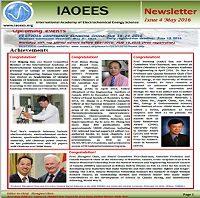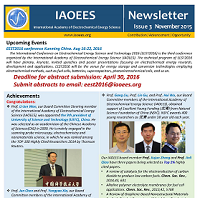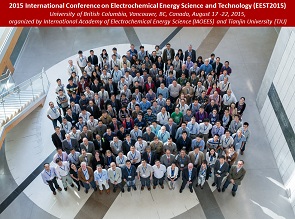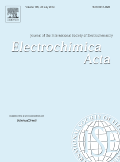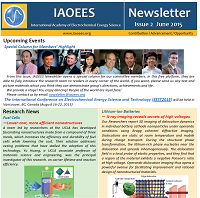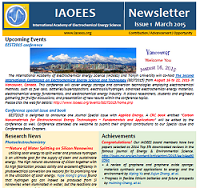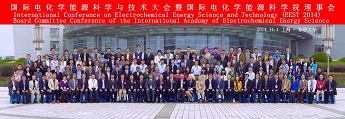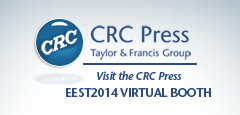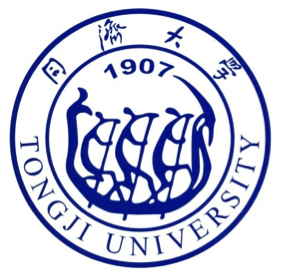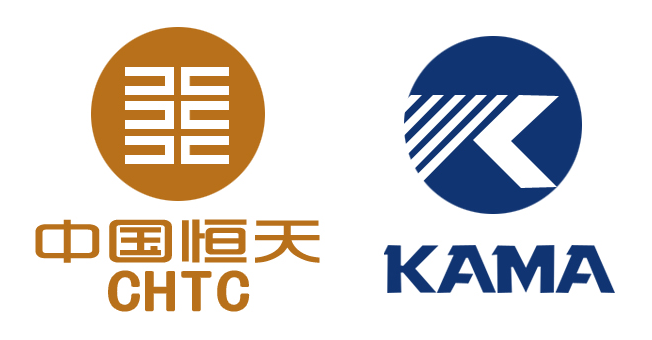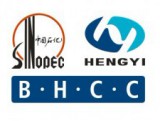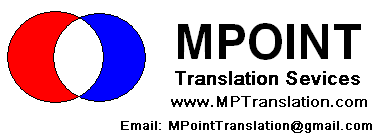Co-Chairman of IAOEES, Prof. Xueliang Sun, published Articles in Science and Nature

Prof. Xueliang Sun, Co-Chairman of IAOEES, and his team recently published Articles in Science and Nature.
The team of Prof. Sun from the University of Western Ontario/Eastern Polytechnic Institute in Canada, together with Prof. Yifei Mo from the University of Maryland, USA, adopted a mixed anion design strategy and developed Crystalline Li3Ta3O4Cl10 (LTOC) and its derivatives. LTOC and and its derivatives developed exhibit excellent ionic conductivity (up to 13.7 mS/cm at 25°C) and electrochemical stability. The LTOC structure features a mixed anion helical chain composed of corner-sharing oxygen atoms and terminal chlorine atoms, which induces continuous tetrahedron-tetrahedron lithium ion migration channels with low energy barriers. Furthermore, LTOC exhibits overall cathode compatibility, enabling solid-state battery operation at 4.9 V and low temperatures (down to -50°C). These findings describe a promising class of superionic conductors for use in high-performance solid-state batteries. Their research was published in Science (Vol 390, Issue 6769) with the title "Anion sublattice design enables superionic conductivity in crystalline oxyhalides" on October 9, 2025!
In Editor’s summary of the article, Dr. Marc S. Lavine summarized as below. Theoretical predictions have shown that crystalline structures with a lithium-hopping path of tetrahedral to tetrahedral are likely to display a higher lithium ionic conductivity than those with the more commonly observed tetrahedral-octahedral-tetrahedral diffusion pathway. Zhao et al. report on the synthesis, characterization, and electrochemical testing of a solid-state lithium tantalum oxychloride electrolyte with the formula Li3Ta3O4Cl10. The material has high ionic conductivity and low activation energy, even at lower temperatures. These properties are due to the mixed-anion chemistry, which enables facile lithium-ion migration pathways. The broad applicability of the mixed-anion strategy was validated using niobium and other cost-effective or earth-abundant elements to replace the tantalum, although with some decrease in conductivity.
The team of Prof. Sun have been made a significant advance in their research in advanced materials. The achivements of their reseach have been published recently in the other top level journals, such as Nature, Nature Materials, Nature Chemistry, Nature Nanotechnology, Nature Energy, Nature Communications, Advanced Materials, etc. Some of the articles are listed below.
A cost-effective all-in-one halide material for all-solid-state batteries
Solid solvation structure design improves all-solid-state organic batteries
A family of dual-anion-based sodium superionic conductors for all-solid-state sodium-ion batteries
Superionic conducting vacancy-rich β-Li3N electrolyte for stable cycling of all-solid-state lithium metal batteries
A family of oxychloride amorphous solid electrolytes for long-cycling all-solid-state lithium batteries
Superionic conducting halide frameworks enabled by interface-bonded halides
Air-stable Li 3 InCl 6 electrolyte with high voltage compatibility for all-solid-state batteries
